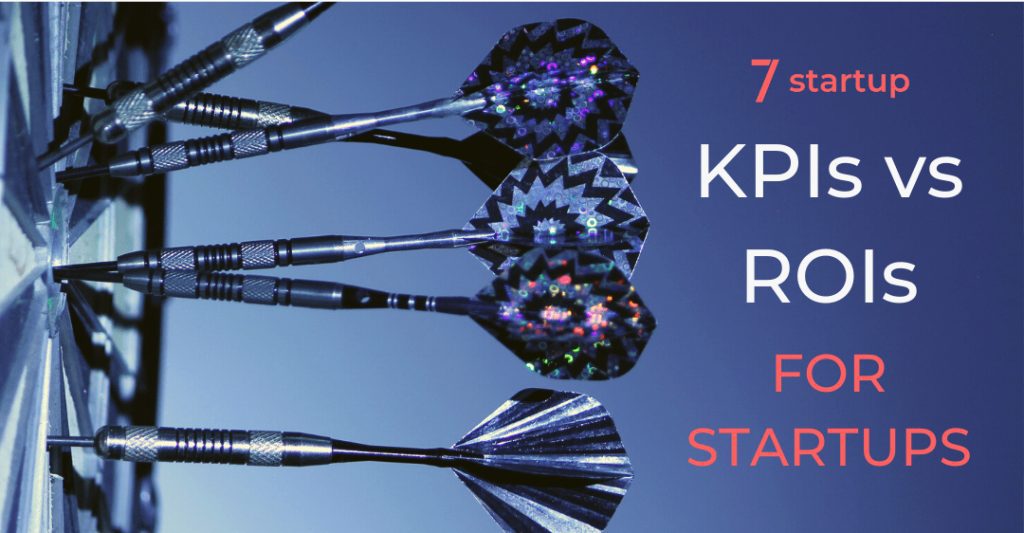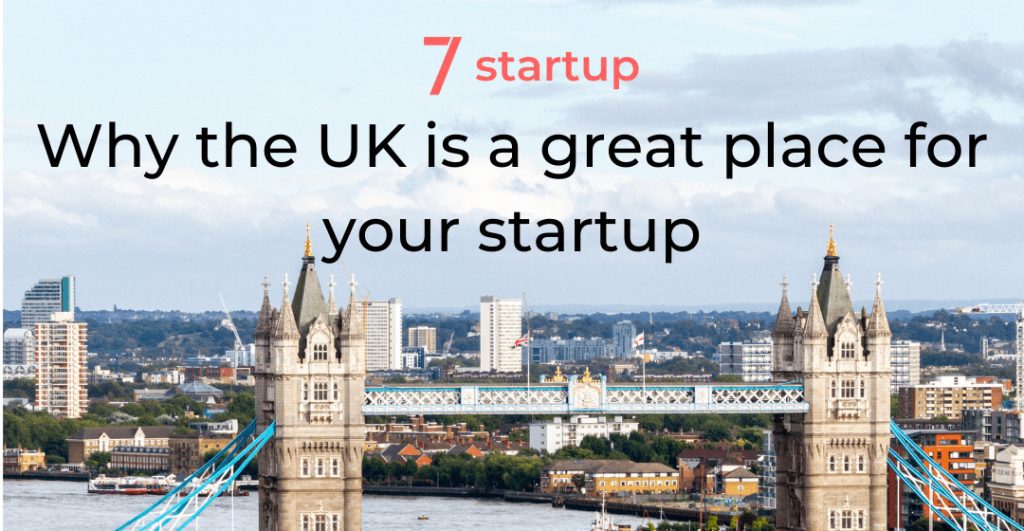 KPI vs ROI
KPI vs ROI
If your startup advisor or startup consultant encouraged you to analyse your KPIs to determine your ROI, would you know what this means? And, more importantly, would you understand their importance for you and your startup? KPI vs ROI can be difficult to discern and understand.
KPIs and ROI play a crucial role in both evaluating your business’s performance and predicting its trajectory, so knowing how to correctly and accurately analyse your KPIs to determine your ROI is a necessity for any startup founder. However, despite 70% of digital marketers claiming to calculate ROI, a common mistake is that they measure ROI too soon (before the end of a sales cycle) and confuse KPIs with ROI. In fact, only 4% of digital marketers measured their ROI after the correct amount of time. This means their ROI calculations are inaccurate and therefore provide misleading information.
Avoid making these common mistakes – this blog will help you identify KPIs from your ROI and how these can scale up your startup.
What is a KPI?

KPI stands for Key Performance Indicators. KPIs are best described as signposts that give you an idea of how your startup is performing.
As you scale your business, you’ll no doubt set up various long-term or short-term objectives and milestones. After you have taken the appropriate measures to reach a particular company goal, you can then assess the quantifiable data that indicate how successful or unsuccessful those measures and goals were. These indicators are called KPI.
For example, if your new company strategy is to increase the impact of your digital marketing campaign on a social media platform such as Instagram, Facebook, or Twitter, then appropriate measures to achieve this could include increasing the number of posts created or better optimising their content to reach the right target audience.
A key performance indicator associated with this objective would therefore be to measure the volume of traffic to your page after these posts or to analyse audience engagement using Google Analytics. If your KPIs are showing to be going in the right direction, then your marketing team could in the future consider redirecting budgets to digital marketing efforts and cutting down on marketing costs in other areas.
What is ROI?
ROI stands for Return on Investment. ROI denotes what you have gained from your expenditure. This could include the net profit made from a sale or the financial success of an investment made into new marketing campaigns. If you’re an agile business adapting to market trends to elicit company growth, then figuring out your ROI would help you discover how successful you have been with this.
For example, investing in better quality webcams for your employees who are working from home could be considered a positive ROI. This would be the case if they have shown to improve employee efficiency during meetings or customer service. Better quality video calls thanks to this investment could even have a positive ROI by helping you maintain a more professional image and therefore be more likely to seal the deal with investors.
Another example of a positive ROI could be hiring a startup consulting firm or a business consultant for startups. Hiring an outside source to help scale your startup is an action that may cost money but will ultimately bring your business a positive ROI thanks to their expert knowledge.

Return/Investment=ROI. Image from Search Influence
The most basic method of calculating your ROI is to divide the return on your investment by its cost. However, calculating an accurate ROI doesn’t only involve working out the revenue and net profit. It also considers what you could have spent that money on instead, such as a different marketing strategy you already know to be successful. It even considers what your investment could end up bringing you. For example, a higher customer retention rate and therefore stronger customer loyalty.
Differences between KPI and ROI
The main differences between KPIs and ROI are what they tell you and how you should use this information to scaleup your startup. KPIs work as signposts to show how your startup is performing in the present. Furthermore, they show whether or not the measures you have taken to achieve certain goals have been effective. This knowledge can then help you decide how and whether to move forward with these same measures. On the other hand, ROI looks backwards and highlights the benefits your investments have brought you. ROI also considers whether alternative investments would have been more advantageous. Therefore they help you allocate your budget going forward.

How Can KPI and ROI Help Scale Up My Startup?
Now that the basics and differences of KPIs and ROIs are covered, it’s important to highlight how collecting and analysing this data could help you to grow, flourish, and reach your business objectives.
1. A Better Future

As discussed, KPIs and ROIs are a form of assessment that show how your business is currently doing and how well your investments and measures have paid off. Knowing whether an investment was successful can help you make informed decisions. They also help gauge how and where to allocate both your budget and time in the future. But to get the most of the data accumulated by KPIs and ROIs, you should make sure to accurately analyse them both.
This is because KPIs only give a general sense on how your investment is performing. KPIs show your investment’s short-term impact. Whilst assessing the key point indicators is important, in order to know the true impact of your investment and to predict its trajectory you’ll have to also calculate the return on investment.
 2. KPI vs ROI for A Better Company
2. KPI vs ROI for A Better Company
KPIs and ROIs could also help bolster company culture by giving your team clearly defined goals. Company culture is a key factor in scaling your business to new heights, so keeping your team in the loop with clearly communicated KPI and ROI data makes sure they not only know how they’re doing, but also whether or not their work has paid off to achieve set objectives. Promising KPIs and a positive ROI could boost morale in your team, thus increasing employee satisfaction and efficiency. This in turn accumulates even more ROI!
On the other hand, bleak KPIs and a negative ROI do help explain what went wrong and where. Negative results such as these can only serve to inform future decisions and keep your team motivated and on track.
3. KPI vs ROI for A better chance with VCs
Venture capital consulting firms would also encourage you to not only share your KPIs with employees, but with all stakeholders as well, such as with investors during a pitch deck. It should be communicated clearly what these KPIs signify and what they could denote for the future.
Additionally, another benefit to KPIs and ROIs for your company concerns investment opportunities. Potential investors doing due diligence will consider your startup’s ROI history before making their decision to invest. This means that making your own well-informed choices will undoubtedly have a positive impact on the investments made into your startup’s future. 
KPIs and ROIs are crucial in scaling up your startup. They indicate how well your startup is performing and highlight areas of improvement. When shared with stakeholders and communicated effectively, they keep everyone involved in your business up-to-date. Additionally, they keep people motivated to work towards clearly-defined goals. Evaluating your startup’s performance using KPIs and ROIs will help keep your business healthy and promising in the long run. Of course, we all know startups are a long-term game. Measuring KPIs and ROIs will help business owners grow from startup to scaleup (and even perhaps Unicorn!).

Amit Khanna, 7startup Founder
Amit has 18 years of experience in the industry and an MBA. He supports entrepreneurs with every aspect of their business including concept and product development, investor presentations, and fundraising. Amit & 7startup assist startups in the pre due-diligence process and help connect them to our vast network of investors. Reach out to us today and see if we’re a fit!


 KPI vs ROI
KPI vs ROI 2. KPI vs ROI for A Better Company
2. KPI vs ROI for A Better Company

